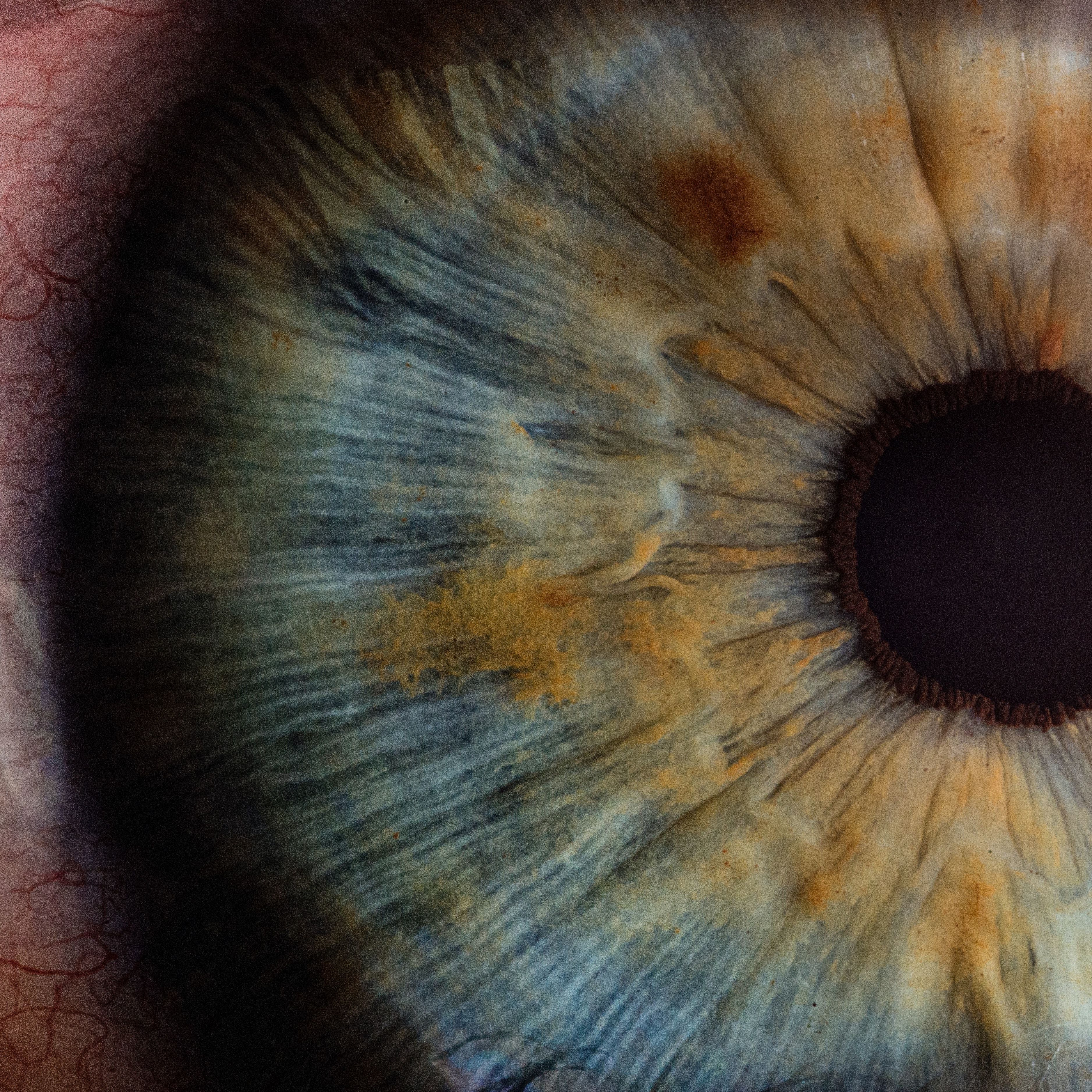Article
UNC Researchers Investigate Role of Mutations in Glioblastoma
Author(s):
Researchers investigate whether the location of a mutation in the PIK3CA gene affects the mutation’s ability to drive cancerous growth.
Investigators from the University of North Carolina (UNC) Lineberger Comprehensive Cancer Center have discovered how different mutations in a specific gene promote the growth of the most lethal form of brain cancer: glioblastoma.
In their preclinical study, investigators explored locations and certain sequences of the often-mutated PIK3CA gene in connection to better responses to particular drugs. They found that mutational status was not linked to a response to a single targeted therapy, but rather, to a combination of treatments. As such, the investigators stress that a more refined approach to precision medicine for glioblastoma is needed, which would involve better understanding of the mutations that occur in each particular tumor.
“One approach to personalized medicine has been to sequence the tumor to find any type of mutation in genes for which there are drugs that target them, and then treat all patients the same,” commented study co-author, C. Ryan Miller, MD, PhD, an associate professor in the UNC School of Medicine Departments of Pathology and Laboratory Medicine, Neurology, and Pharmacology, in a recent statement. “We think it’s going to need to be more nuanced than that.”
Previous studies have shown the PIK3CA gene to be mutated in about 10% of glioblastoma cases; unlike in other cancers where mutations occur in a specific location of a gene, in glioblastoma cases, mutations in the PIK3CA gene occur in multiple locations.
“For most of the successful examples of personalized medicine in solid tumors, the targets are hotspot mutations that activate a gene, which activates its signaling pathway, which drives the disease,” Dr Miller added. “Those tumors are addicted to that signaling.”
He added that this target was different in that it did not fit the aforementioned profile; mutations were occurring in multiple protein domains. “Based on the sequence, you could predict that they would have different biochemical mechanisms of action,” he said.
Recurrent PIK3CA missense mutations in glioblastoma are restricted to 3 functional domains: adaptor binding, helical, and kinase, the authors write. For their study, the investigators set out to define how these mutations influence gliomagenesis, the formation and development of gliomas. They postulated that the response to kinase inhibitors may aid in the clinical development of novel targeted therapies in biomarker-stratified patients.
Using normal astrocytes immortalized via expression of hTERT, E6, and E7 (NHA), the investigators chose 2 PIK3CA missense mutations from each of 3 mutated domains. They then induced the expression of these mutations in NHA; they did this with (NHARAS) and without mutant RAS through the use of lentiviral vectors. The investigators evaluated the role of PIK3CA mutations in gliomagenesis in vitro in mice. They found that the mutations promoted differential gliomagenesis based on the mutated domain.
“PIK3CA, particularly helical and kinase domain mutations, potentiated proximal PI3K signaling and migration of NHA and NHARAS in vitro,” the authors write. “Only kinase domain mutations promoted NHA colony formation, but both helical and kinase domain mutations promoted NHARAS tumorigenesis in vivo.”
The investigators also examined response to targeted PI3K and MEK inhibitors—buparlisib and selumetinib, respectively—in vitro in mice. The use of a single drug to target the PIK3CA pathway was not found to encourage a strong response, but the investigators reported improved responses with the use of both inhibitors. Thus, mutational status was not linked to a response to a single targeted drug, but it was to a combination of treatments.
“When we did the drug studies,” Dr Miller explained, “we found that the mutation status of the cells really didn’t predict response to the drug, unless we included a second drug in combination that targeted a parallel pathway.”
The results of the study indicate that a subset of PIK3CA mutations could encourage tumor formation and that patients with helical domain mutations might be most sensitive to PI3Ki/MEKi treatment, the authors conclude.
Dr Miller and his team plan to assess drugs targeting the particular downstream effects of the different pathways in hope that future research will reveal additional potential therapeutic targets in glioblastoma and help guide clinical trials using existing drugs.





